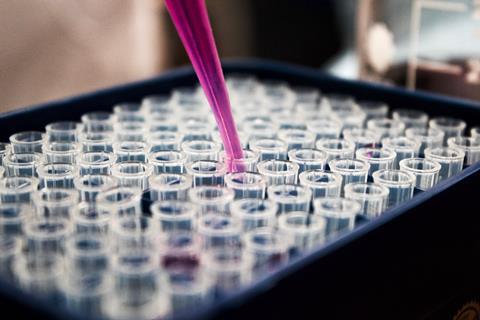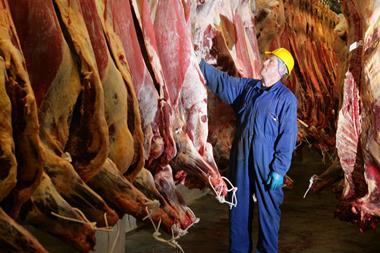
Food production is a complex process resulting in a significant number of chemical reactions. These reactions produce ‘compounds of interest’, on which regulatory authorities have set acceptable and unacceptable levels – often referred to as maximum residue limits (MRLs).
Unfortunately, there are also ‘unknown known’ compounds, where the toxicological risk is not known. Therefore, as part of the risk assessment, further analysis using predictive methods such as computer modelling can help determine the risk.
In silico methods, such as Quantitative Structure Activity Relationship (QSAR) models – which predict toxicity of compounds from their molecular structure – have been deployed for many years in risk assessments of agrochemicals, pharmaceuticals, industrial chemicals and cosmetics. More recently, in food safety they are increasingly being considered for the identification of potential hazards and prioritisation of testing.
They can be used to predict toxicity of pesticide metabolite residues in food or the toxicity of contaminants from food contact materials (FCMs) and novel food ingredients where hazard data is often lacking. These tools offer a fast, economic and animal-free route for predicting toxicity and for those reasons they are increasingly being used in risk assessments.
This method of analysis and testing for the presence of a particular compound provides the food sector with an assessment of what level of risk there may be to the consumer. Armed with this information, the food producer can determine if the presence of the compound is ‘safe’, so they need do nothing, or examine how to further reduce their levels through changes in processing – or, in a worst-case scenario, decide they need to undertake a product withdrawal/recall because the levels are of concern.
So what is the future for such tools?
In silico techniques are an emerging field in food science and their use has been recognized by EFSA to be of key importance. In the past few years there have been an increasing number of studies evaluating the performance of in silico models for predicting key endpoints such as genotoxicity, carcinogenicity and endocrine activity for a range of compounds such as FCM migrants, food additives and pesticides. Sharing of toxicological data is key to develop QSAR models and, as more becomes available (for example EFSA’s OpenFoodTox Database), it is inevitable more models with greater predictivity relevant for food safety will become available.
In silico methods clearly have an important part to play in the future of food safety, but guidance and training for industry and regulators on its application is essential if the industry and regulator are to capitalise fully on the advantage they can provide.



















No comments yet